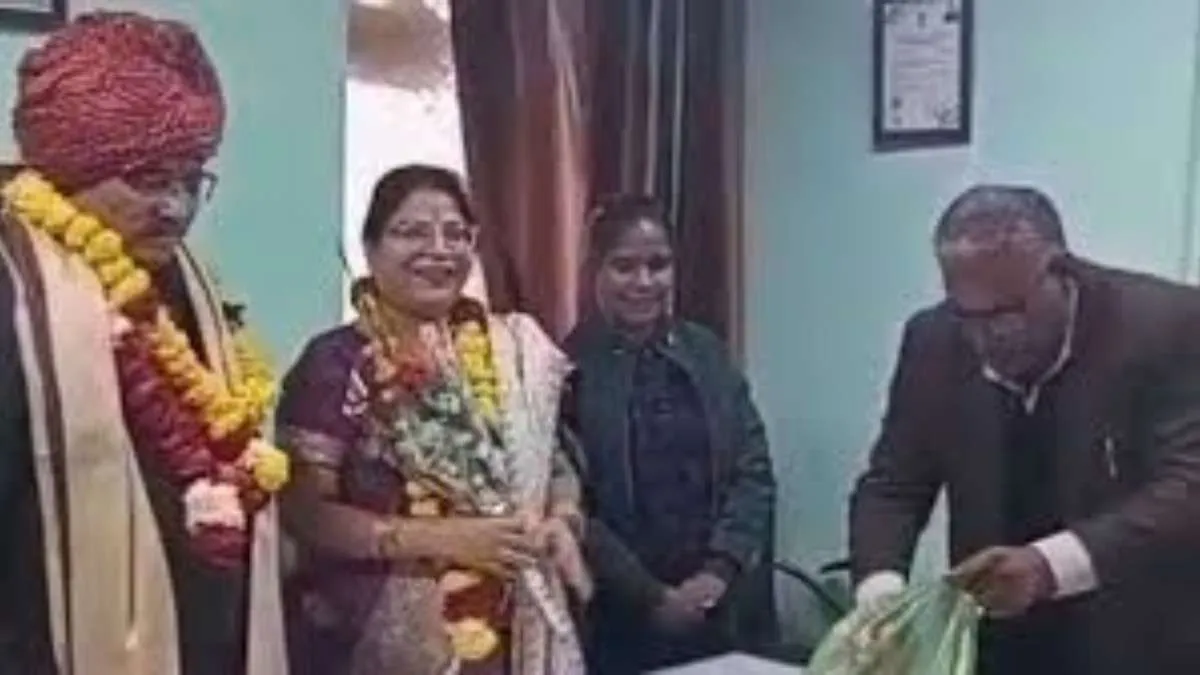The Allahabad High Court, on April 19, on a suo moto PIL regarding the surging COVID-19 crisis in the State of Uttar Pradesh gave elaborate directions to the State government to enforce a lockdown in five cities of the state, namely Lucknow, Prayagraj, Kanpur, Varanasi and Gorakhpur forthwith from 19th April – 26th April. The court had directed the State govt. vide its order dated 13th April to state the steps it was planning to take to tackle the ongoing situation, the response to which was found inadequate by the court in the affidavit filed by the govt. This occasioned the court to pass these directions. The court, while passing the directions observed: “Public health is the top most priority and call of the moment and any complacency of any degree today will cause havoc to people. We can’t shirk away from our constitutional duty to save innocent people from the pandemic which is spreading due to the negligence of a few” While it is considered to be an ideal and heroic step taken by the judiciary to protect the people from the pandemic, the directions may not stand the test of judicial scrutiny when viewed in purely legal sense on the touchstone of established jurisprudence on this issue.
It is a well-established principle of law that the judiciary cannot take policy decisions or assume unto itself the task of law-making as they fall within the exclusive domains of the executive and the legislature respectively and any such step would amount to judicial overreach or judicial overstepping. This has also been acknowledged by the Allahabad High Court in its order wherein it states “We know that putting a lockdown to public activities is a matter purely in the nature of policy decisions by the concerned government”. The reason for this impermissibility is the doctrine of separation of powers which although not strictly engrafted in our Constitution, is a part of its basic structure as has been held by the Supreme Court in Kesavananda Bharti v. State of Kerala AIR 1973 SC 1461. The doctrine enunciates that the three organs of the government have to function in their exclusive spheres without encroaching upon the functions of others, unless permitted by the Constitution. Our Constitution has entrusted the functions of policy making, even in the most emergent situations on the executive wing headed by the President of India for the Union and the Governor for the States and the judiciary has the power to test the validity of these decisions taken by the executive. For instance, in the event of an armed rebellion or the constitutional failure of the machinery of the State, it is only the respective executives of the Union or the State which have the power to impose an emergency and the constitutional courts can merely test the validity of these actions to see if there was enough material available with the executive to base its decision (SR Bommai v. Union of India, AIR 1994 SC 1918). The analogy can also be extended to the ordinance making power of the executive to deal with the immediate situations when the legislature is not in session. Even the Epidemic Diseases Act, 1897 under which the governments have been framing the regulations and promulgating orders to deal with the COVID-19 pandemic provides for power of central or state government to take such actions.
The Supreme Court had specifically dealt with this issue in the case of Asif Hameed v. State of J&K AIR 1989 SC 1899 wherein it held that “The Constitution does not permit the court to direct or advise the executive in matters of policy or to sermonize qua any matter which under the Constitution lies within the sphere of legislature or executive, provided these authorities do not transgress their constitutional limits or statutory powers.” Thus, it is clear that the only power that the judiciary reserves with itself in such matters is to consider the validity and propriety of such actions, namely the power of judicial review.
The reason for such a restriction on the judicial power was explained by the Supreme Court in P. Ramachandra Rao v. State of Karnataka (2002) 4 SCC 578 while quoting the following monograph from the book Judicial Activism and Constitutional Democracy in India: “It is plain that the judiciary is the least competent to function as a legislative or the administrative agency. For one thing courts lack the facilities to gather detailed data or to make probing enquiries. Reliance on advocates who appear before them for data is likely to give them partisan or inadequate information. On the other hand if courts have to rely on their own knowledge or research it is bound to be selective and subjective. Courts also have no means for effectively supervising and implementing the aftermath of their orders, schemes and mandates. Moreover, since courts mandate for isolated cases, their decrees make no allowance for the differing and varying situations which administrators will encounter in applying the mandates to other cases. Courts have also no method to reverse their orders if they are found unworkable or requiring modification.” Highlighting the difficulties which the courts are likely to encounter if embarking in the fields of legislation or administration, the learned author advises “the Supreme Court would have well left the decision-making to the other branches of government after directing their attention to the problems rather than itself entering the remedial field.” Thus, it is clear from these decisions that the maximum power which the court holds in such matters is to direct the attention of the executive to such problems and to take steps for their redressal instead of itself becoming the policy framer for the reasons stated above.
There is yet another reason why such an action on the part of the Allahabad High Court is problematic. Imposition of lockdown anywhere makes a case for violation of fundamental rights guaranteed under Articles 14, 19 and 21 of the Constitution and can be sustained only on it being a reasonable restriction imposed via due procedure established by law. Such a law, as per Article 13(3) has to be either an administrative action (within the realms of its delegated powers) or a primary legislation enacted by the legislature. It does not include the judgements rendered by the Courts. It is well-established that the judiciary is not State within the meaning of Article 12 of the Constitution (Rupa Ashok Hurra v. Ashok Hurra, (2002) 4 SCC 388) and thus, determinations by the judiciary cannot be challenged for violation of Fundamental Rights under the Constitution.
Hence, it is clear that the directions given by the Allahabad High Court do not have a legal backing and are against the established canons of Constitutional principles. The Supreme Court has stayed the operation of the directions on a plea filed by the State of Uttar Pradesh challenging the validity of the directions and a final decision is awaited.













